Gas (natural gas/propane)
The design, installation, and testing of residential liquefied propane (LP) and natural gas (NG) piping and appliances is performed in accordance with the requirements of the International Fuel Gas Code (IFGC) and National Fire Protection Association (NFPA)-54, National Fuel Gas Code. For example, installing new pipe for HVAC gas/electric furnaces, oven/stoves, and fireplace inserts. Such work is performed by gas fitters, certified for both rigid pipe and corrugated stainless steel tubing (CSST).
If you have questions about your fuel gas piping, ORMECO can provide technicians that are certified, Level-II nondestructive testing (NDT) personnel, who can perform in-process and post installation examination and testing in accordance with the requirements of the IFGC.
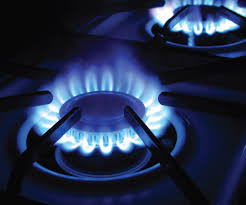
New gas stove installation
This customer purchased a new gas range; however, the original builder failed to install an appliance stub-out. The existing range is electric, and was replaced with a Whirlpool gas-electric model.
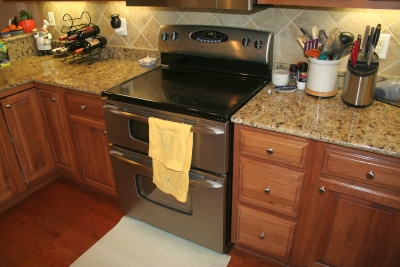
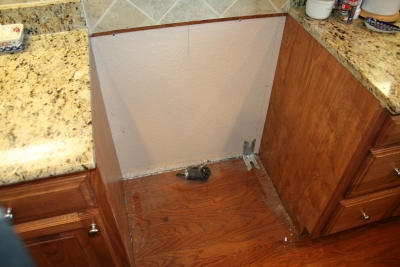
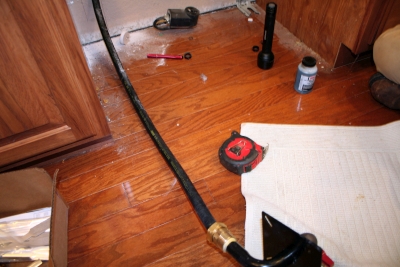
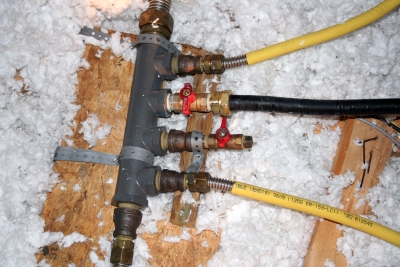
The existing electric range was removed, exposing the wall behind the appliance. Next, a hole is made in the wall cavity and Gastite FlashShield corrugated stainless steel tubing (CSST) is run from the attic space where the gas manifold is located. ASME B16-44/5G, UL Listed isolation valves are installed on both ends of the CSST.
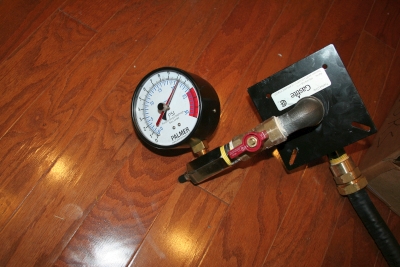
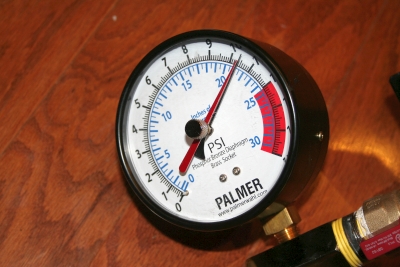
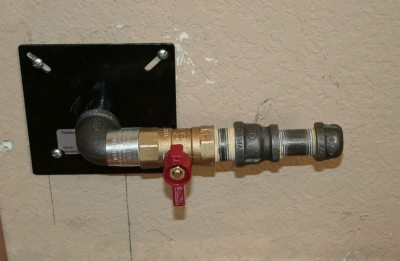
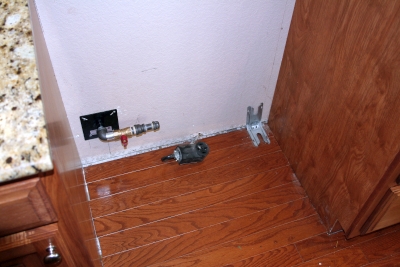
For residential service, Section 404 of the IFGC code requires a 3 PSIG minimum pressure test for 10-minutes. After the test is complete, the appliance stub-out plate is installed on the wall behind the appliance. The pipe is then placarded with a metal tag, in accordance with Code, identifying the fuel type and pressure.
